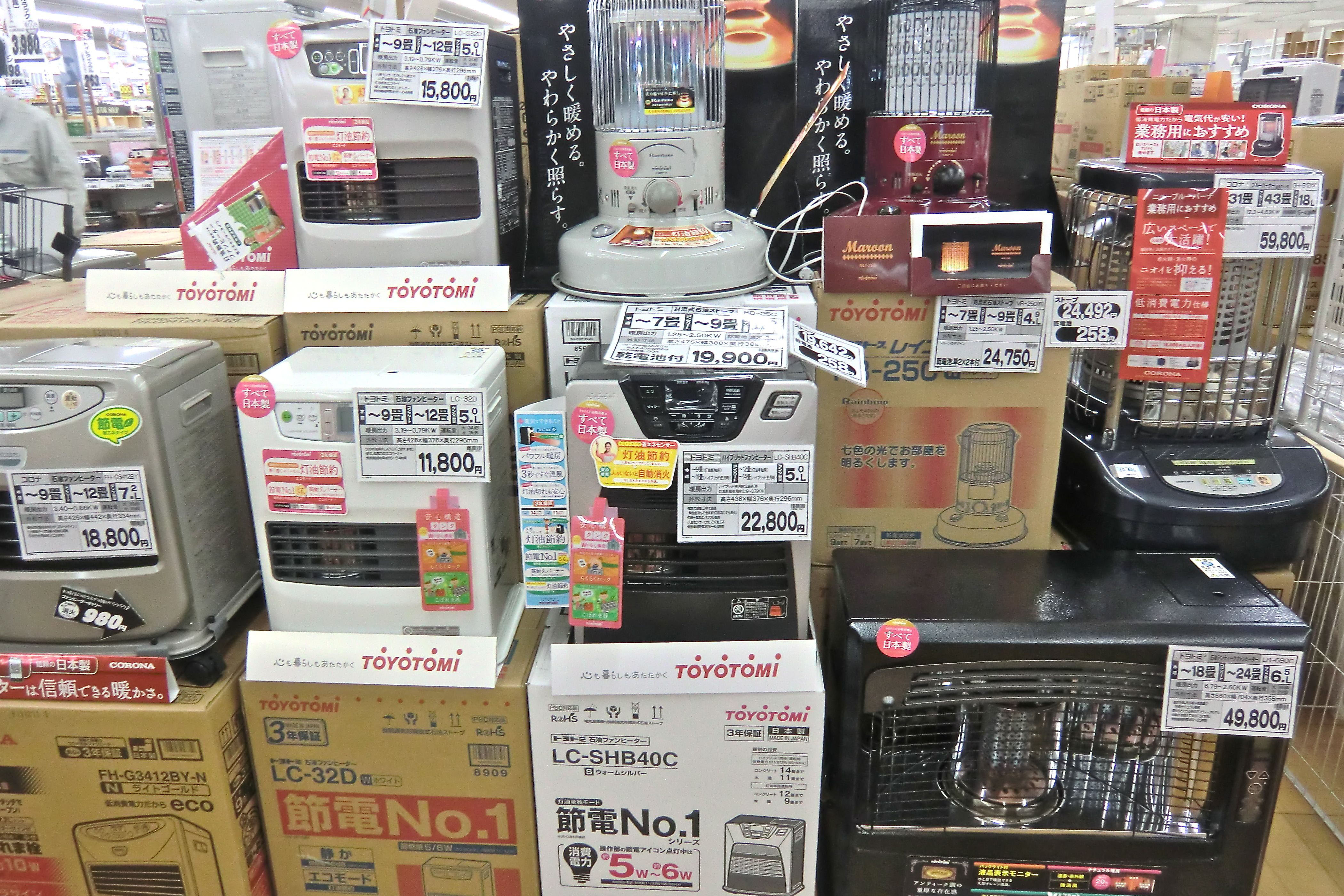In 2000 we moved into an apartment in Tokyo run by the semi-public housing corporation UR. It was new and had a natural-gas heating system. Unlike other gas systems we'd used in the past, however, this one heated water that was then circulated to outlets in different rooms in the apartment. Direct gas ignition devices we'd bought for previous apartments were useless in our new one so we had to get rid of them and buy special stand-alone devices from Tokyo Gas that connected to these outlets. When we moved out of the UR apartment several years ago we also had to throw those away because our new apartment, also run by UR, had a different heating system and Tokyo Gas has no buy-back program.
Central heating is not as widespread in Japan as it is in other developed countries. Heating an entire house or apartment uniformly is considered wasteful since all rooms are not necessarily going to be occupied at the same time, and energy prices in Japan have always been high. Heating a residence is done in a component fashion, with each room having its own discreet heating device. The rationale behind this has proved to be lucrative for Japanese utilities and home-appliance makers. With central heating, any improvements are made through maintenance and repairs, but with a component system, they are made through replacement, which can happen fairly often if technology improves over time.
But a component system can also be wasteful. Heating devices that are constantly being discarded have to be recycled, otherwise they simply end up as landfill. And component heating is not going to be any more energy efficient than central heating if a residence isn't airtight and properly insulated.

















With your current subscription plan you can comment on stories. However, before writing your first comment, please create a display name in the Profile section of your subscriber account page.